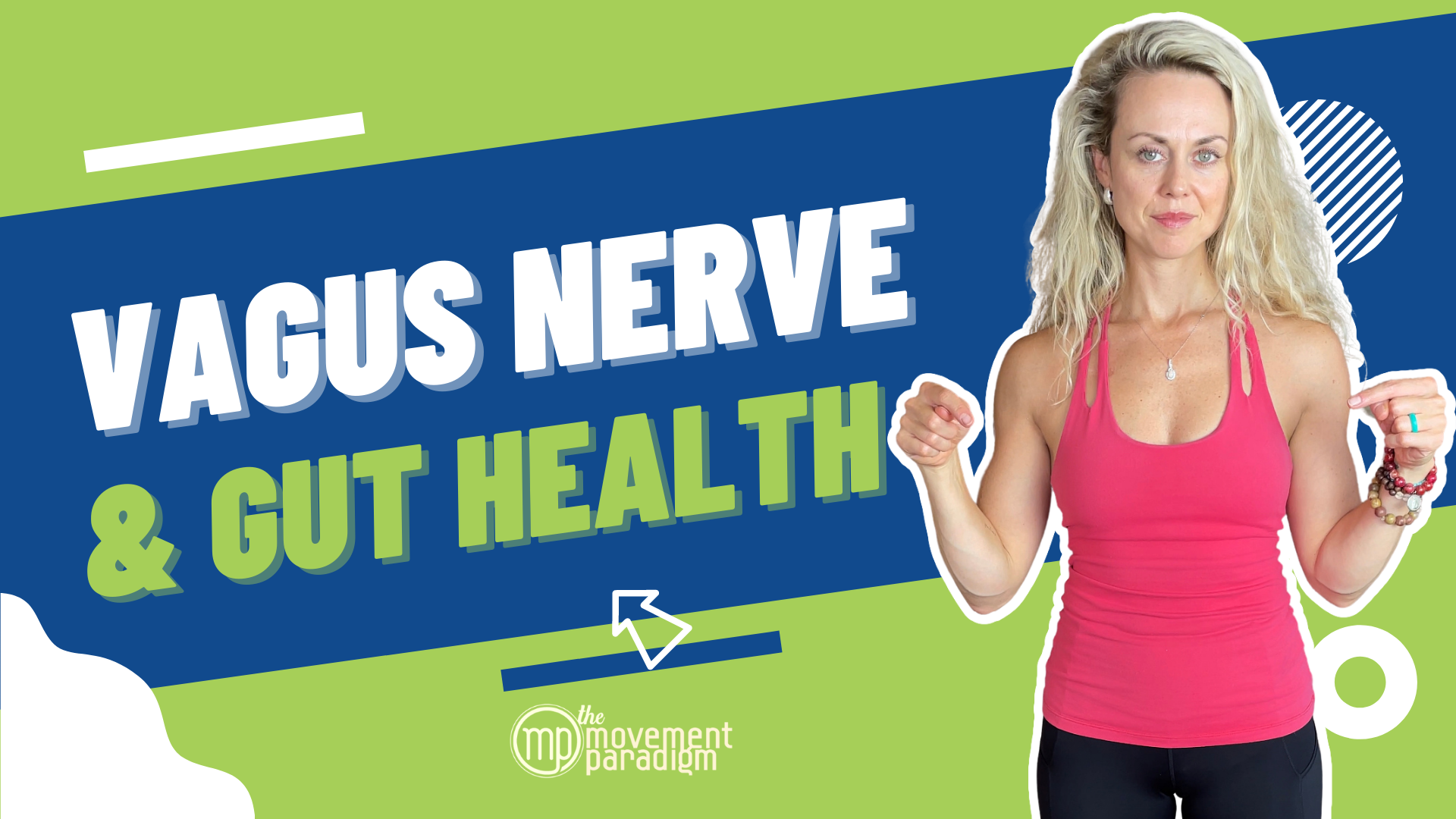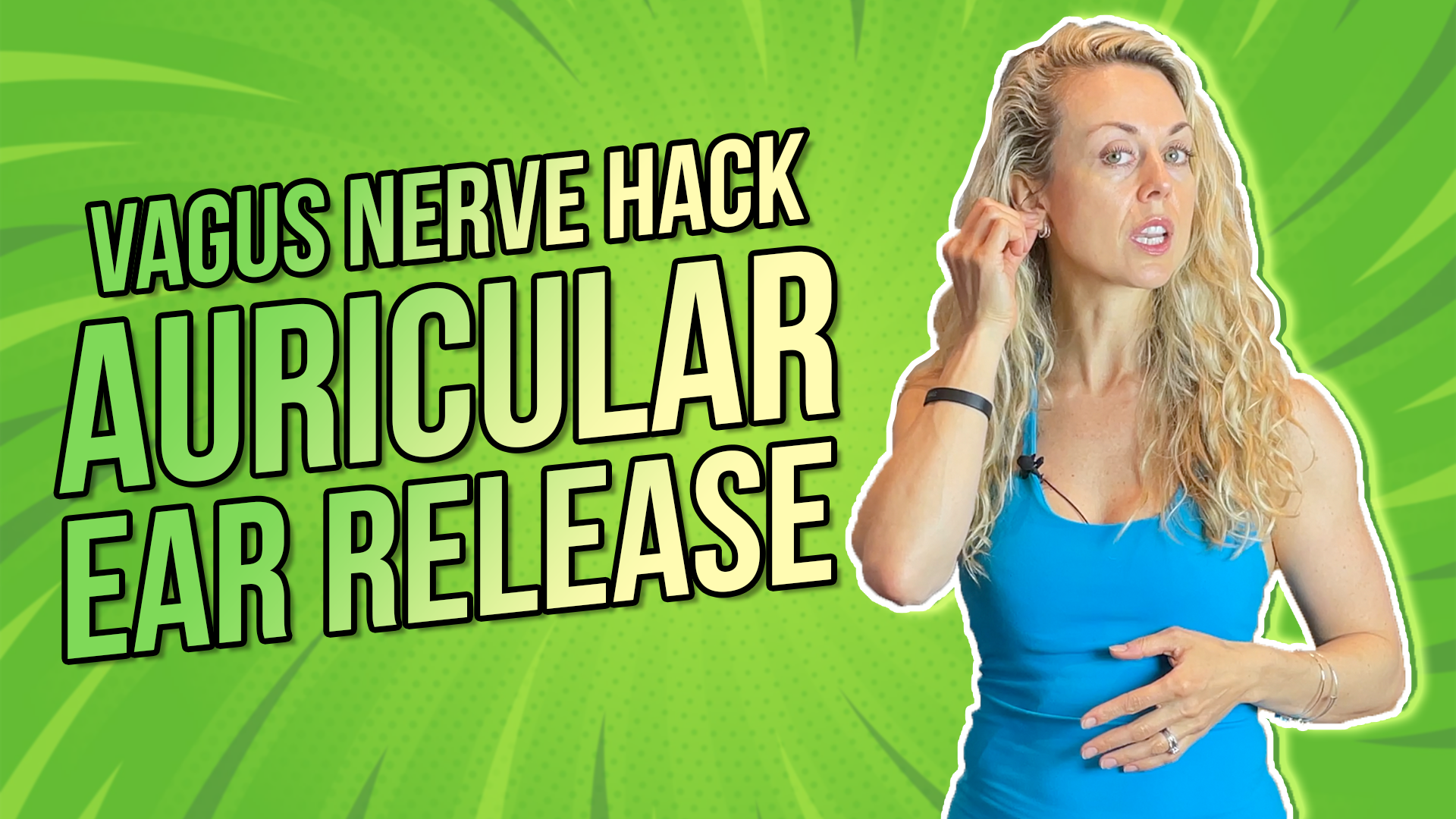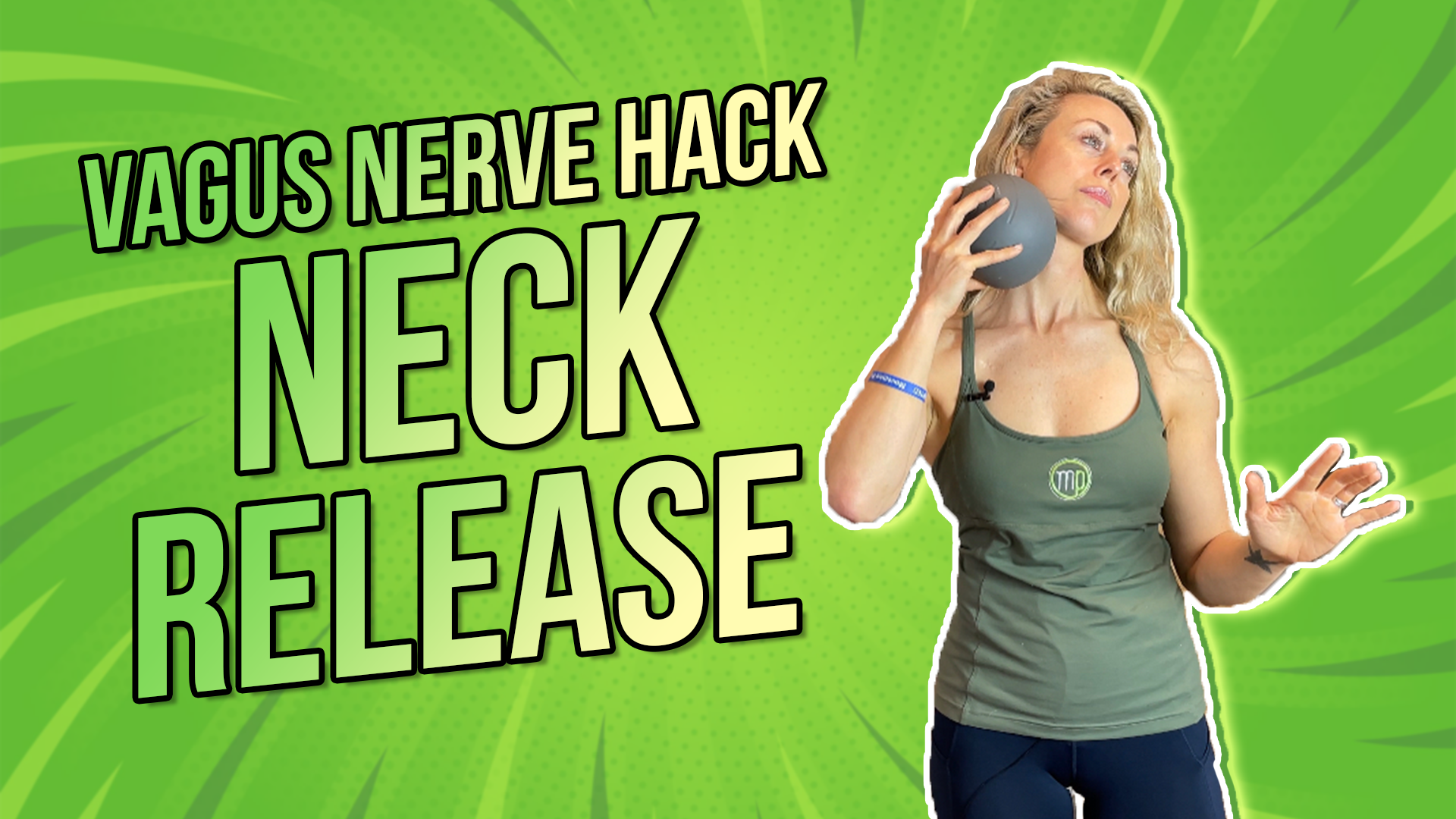Optimal vagus nerve function drives your digestion, assimilation, and elimination. Let’s discuss all the reasons and benefits as to why optimizing your vagus nerve function will help with your gut health.
We first want to remember that the vagus nerve is 80% of our parasympathetic nervous system. Think of this as our ‘rest and digest system.’ For us to have optimal digestion, we have to be in a calm and safe state.
Rather watch or listen than read?
As we remember from the anatomy of the vagus nerve, it exits the brainstem, innervates muscles of the face, throat, and branches into the ear. It innervated the SA node of our heart and most importantly, it innervates our entire digestive tract. That is why it is so imperative that when we see gut motility and health issues, we want to look more closely at the vagus nerve.
For example, if someone is experiencing chronic stress or trauma, this may contribute to poor gastric motility and enzyme activity that ultimately leads to gut health issues.
8 Ways Vagus Nerve Is Involved In Your Digestion
We are going to discuss eight different ways that the vagus nerve is involved in your digestion.
1) Upregulates Breakdown of Solids
The vagus nerve upregulates your mechanical breakdown of solid food. This is important because most of us are eating solid foods of course unless you have some kind of medical condition that warrants you to eat softer foods.
Being able to break down our food before it enters the entire digestive tract is important. Otherwise, we can have a whole host of symptoms from reflux, to bloating, flatulence, and so on.
2) Stimulates Secretion of Saliva
When food enters our mouth, that is our first step in the digestive process. We have our salivary glands that release salivary enzymes. This is helping to break down the food before it enters the esophagus.
3) Stimulates Release of Digestive Enzymes and Bile
It stimulates your digestive enzymes coming from your pancreas as well as bile from your liver. These are very important in breaking down the food appropriately so it can continue to pass from the esophagus to the stomach, small intestine, and large intestine to be ultimately excreted.
4) Allows for Accommodation of Food in Stomach
Optimal vagal tone allows for the proper accommodation of the food in the stomach. This is where hydrochloric acid and pepsin help to break down the food even further, especially our protein.
5) Slows Gastric Emptying
This is important because we do not want the food to pass through the system too fast. Slow emptying will make sure we are getting proper absorption of the nutrients from the food that we are eating.
6) Coordinates Motility of Intestines
When food comes into the small intestine, that is where we are absorbing our nutrients. Then the food has to pass through to the large intestine and ultimately excreted via the rectum.
Our migrating motor complex is very critical in the small intestine, which creates a wave-like action to help move the food through to the large intestine; this is an essential function that is dependent on the vagus nerve.
7) Decreases Inflammation and Intestinal Permeability
Intestinal permeability is also referred to as leaky gut. When we do not have proper function of the vagus nerve, proper motility, and proper assimilation of the nutrients, these tight junctions in the epithelial lining of the gut lose their integrity.
This allows pathogens, toxins, undigested food, and bacteria to move through the bloodstream igniting the immune system causing an inflammatory response. This can cause a whole host of chronic health conditions.
8) Increase Satiety
If you have optimal vagus nerve function and tone, you’ll be able to easily recognize when you are hungry and when you are full. When this is disrupted and you have a low vagal tone, often you will see this is difficult to determine. You may eat too much or you may not eat enough. This is a simple, but important, concept in terms of weight loss and overall health and performance.
As you can see, the vagus nerve has a tremendous impact on our digestive system. It is innervating the entire digestive tract.
If you are experiencing chronic stress, low vagal tone, frustration, anger, worry, anxiety, or you’re in a freeze state, your gut health can be deeply affected. Many gut issues such as the leaky gut, IBS, and SIBO are linked to some of the above. It is important to think of this from a global, integrated perspective.
In order to improve our gut health, we also have to improve our vagus nerve function. Please make sure you check out all my videos on vagus nerve hacks, so you can begin to regulate your own nervous system.
What Should You Eat For Chronic Pain? | Nutrition for Chronic Pain



